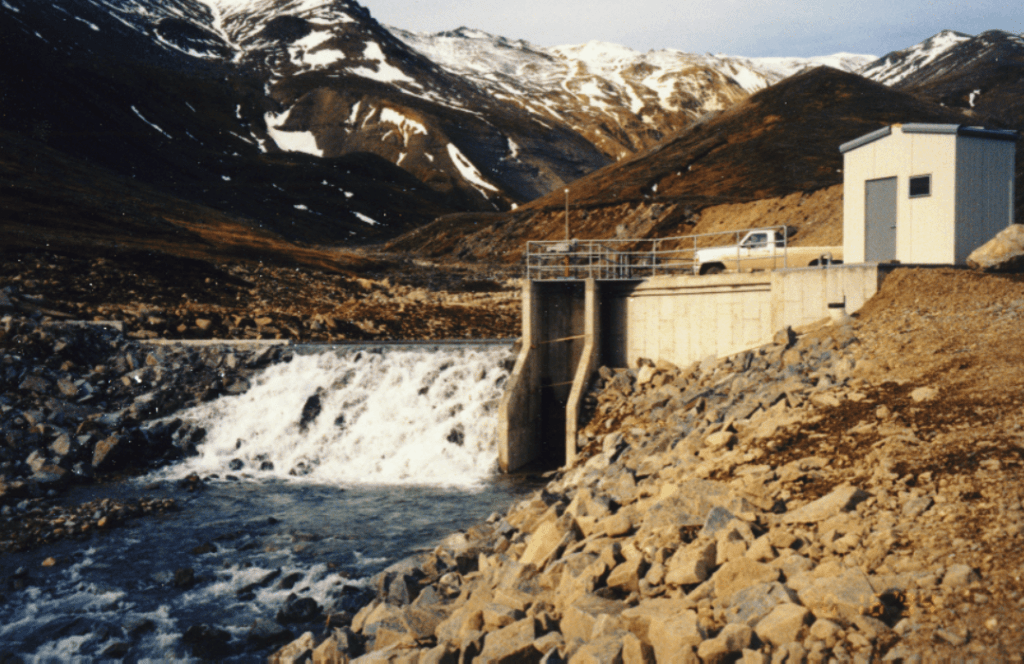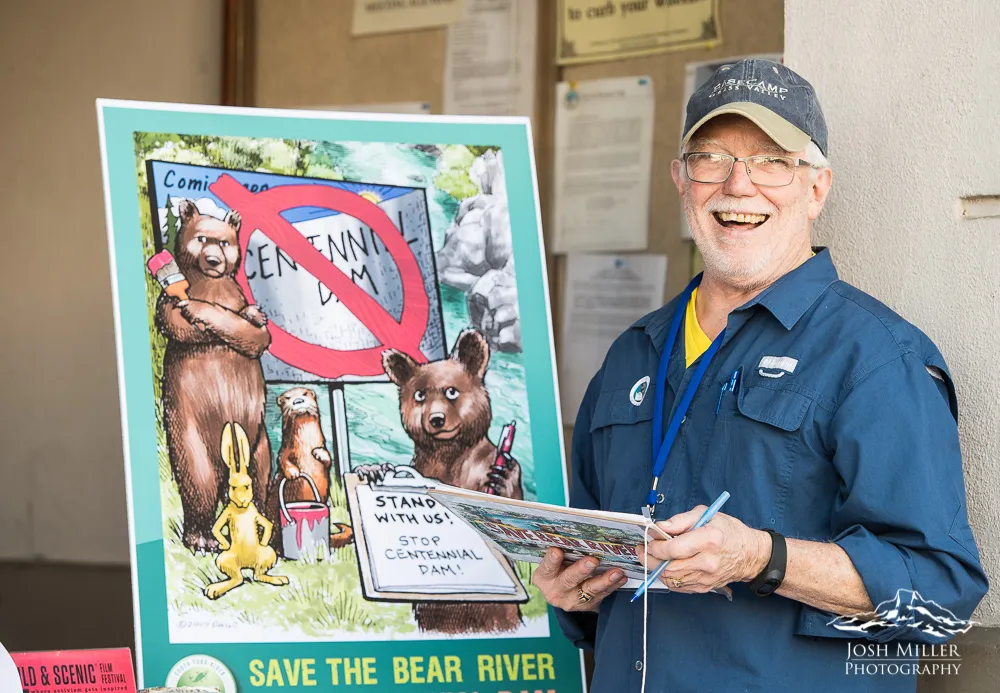Thorpe P-2686
General information | |
| Waterway |
West Fork Tuckasegee River |
| Current status | Active license |
| Type of facility | Conventional Hydro |
| Mode of hydropower generation | Peaking |
| Type of permit | FERC License |
FERC information | |
| FERC docket # | P-2686 |
| FERC project name | West Fork |
| Other projects with this FERC number | |
| Permit issued | 4/29/11 |
| Permit expiration | 4/26/41 |
Ownership and operation | |
| Owner | Duke Energy Carolinas, LLC |
| Owner type | Investor-Owned Utility |
| Year first online (conventional hydro) | 1941 |
| Transmission or distribution system owner | Duke Energy Carolinas, LLC |
Power and generating capacity | |
| Number of units | 1 |
| Total capacity from hydraulic turbine-generator units within each plant | 21.6 MW |
| Average annual net hydropower generation | 72,761.1 MWH |
The West Fork Project is located on the West Fork of the Tuckasegee River in western North Carolina and lies within the Tuckasegee River watershed, which is a sub-basin of the Little Tennessee River. The Tuckasegee River flows through the cities of Cullowhee, Sylva, Bryson, and Dillsboro, where the river enters the backwater of Fontana Lake, before it joins the Little Tennessee River approximately 50 miles from its headwaters.
The West Fork Project consists of two hydroelectric developments which are, from upstream to downstream, Glenville and Tuckasegee.
The Glenville development consists of a 900-foot-long, 150-foot-high earth and rockfill Glenville dam with a crest elevation of 3,506.75 feet msl, and an adjacent 410-foot-long, 122-foot-high earth and rockfill saddle dam. Glenville dam impounds the 1,462-acre Lake Glenville at full pond level 3,491.75 feet msl. A spillway, located at the right abutment of the dam, includes two 25-foot-wide by 12-foot-high Tainter gates and six erodible fuse plug sections. Water flows into the power intake, located in the right abutment of the dam, through trashracks and a set of tandem sluicegates, before traveling through a 16,287-foot-long power tunnel to a concrete and brick powerhouse. The powerhouse contains an Allis-Chalmers Horizontal Impulse-type generating unit with an installed capacity of 21.6 MW and a hydraulic capacity of 270 cubic feet per second (cfs). Power is transmitted to a substation adjacent to the powerhouse. The Glenville development includes a 6.43-mile-long bypassed reach (on the West Fork of the Tuckasegee River).
The Tuckasegee development consists of a 254-foot-long, 61-foot-high concrete arch dam with a crest elevation of 2,290.67 feet msl. The dam impounds the 7.9-acre Tuckasegee Lake at full pond level 2,278.75 feet msl. The dam’s 233.5-foot-long spillway includes twenty four, 3-foot-high flashboards and a trashrack. Water flows into the power intake, located on the left side of the dam, through trashracks and a Tainter gate, before traveling through a 3,246-foot-long pressure tunnel, a vertical surge tank, and a 198-foot-long penstock to the powerhouse. The powerhouse contains one vertical S. Morgan Smith Francis-type generating unit with an installed capacity of 3.0 MW and a hydraulic capacity of 360 cfs. A 1.8-mile-long, 6.6-kilovolt (kV) transmission line carries power from the Tuckasegee powerhouse to a switchyard at the Glenville (Thorpe) development. The Tuckasegee development includes a 1.24-mile-long bypassed reach (on the West Fork of the Tuckasegee River)
Source: FERC
Is there something you’d like to add or correct? Please let us know.
Related posts
- From American Whitewater 12/06/21
2022 Advanced Southeast Release Schedule Set! - From American Whitewater 11/24/20
2021 Southeast Advanced Release Schedule Set!
News and updates
From Hydropower Reform Coalition11/19/2024
Monthly Newsletter: Exploring FERC-Exempt Hydro Projects: Small-Scale Hydropower with Big Impacts
From South Yuba River Citizens League9/25/2024
NID Withdraws Centennial Dam Proposal After SYRCL’s Decade-Long Opposition


